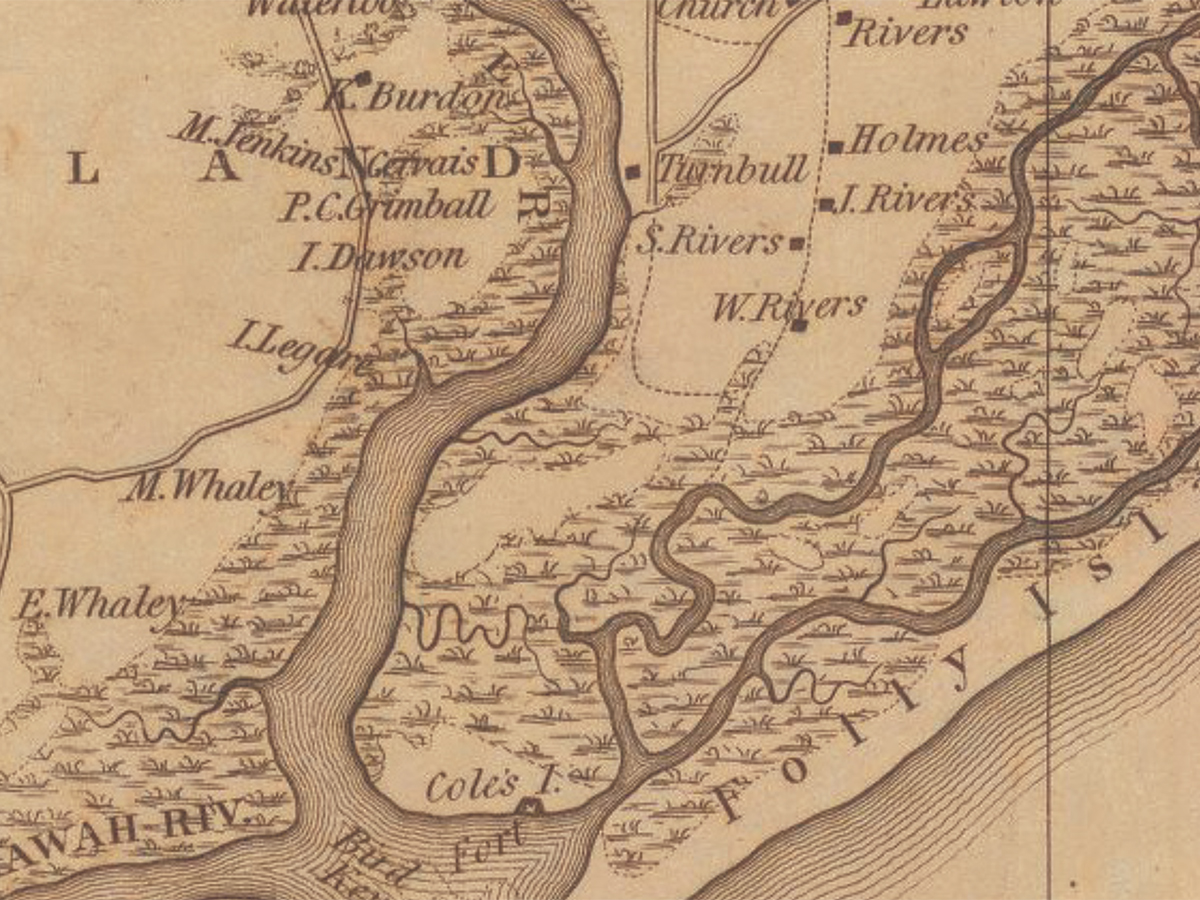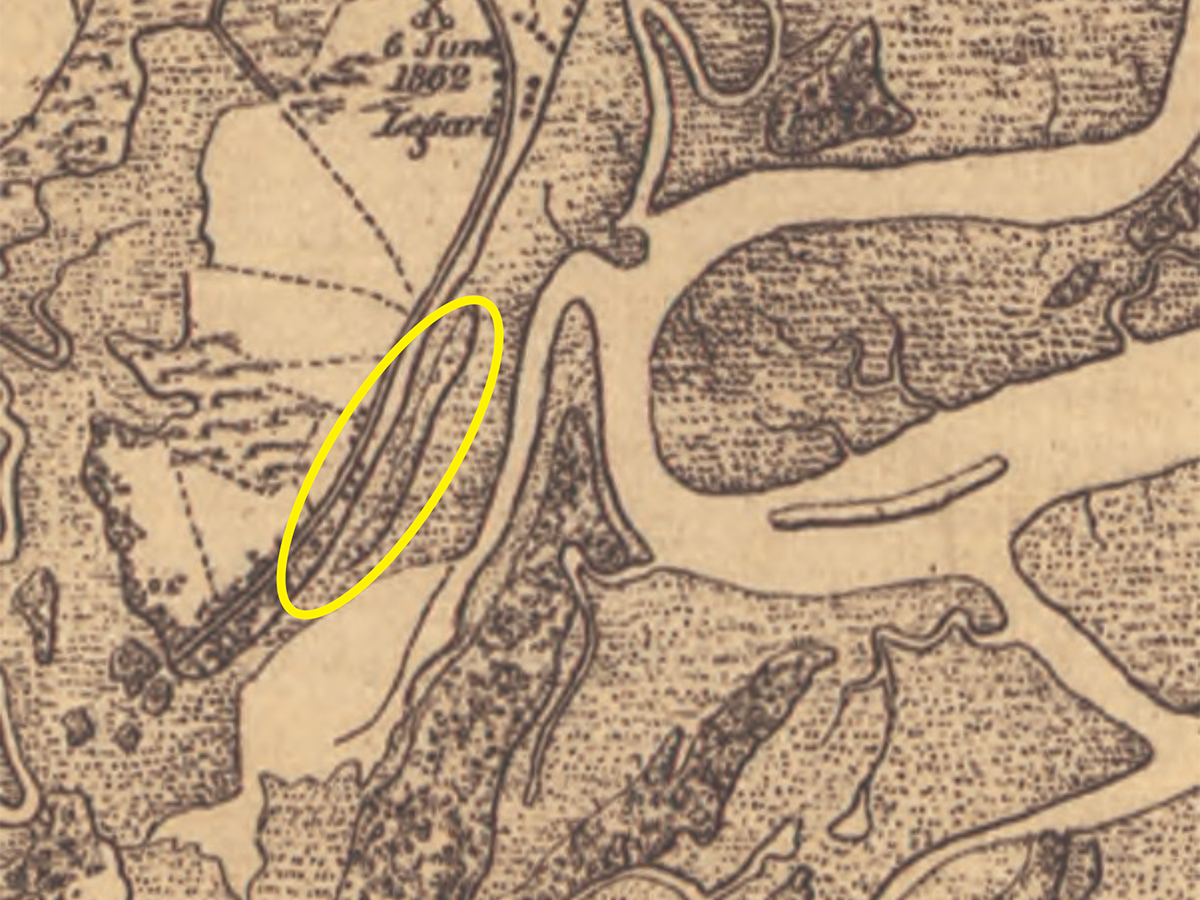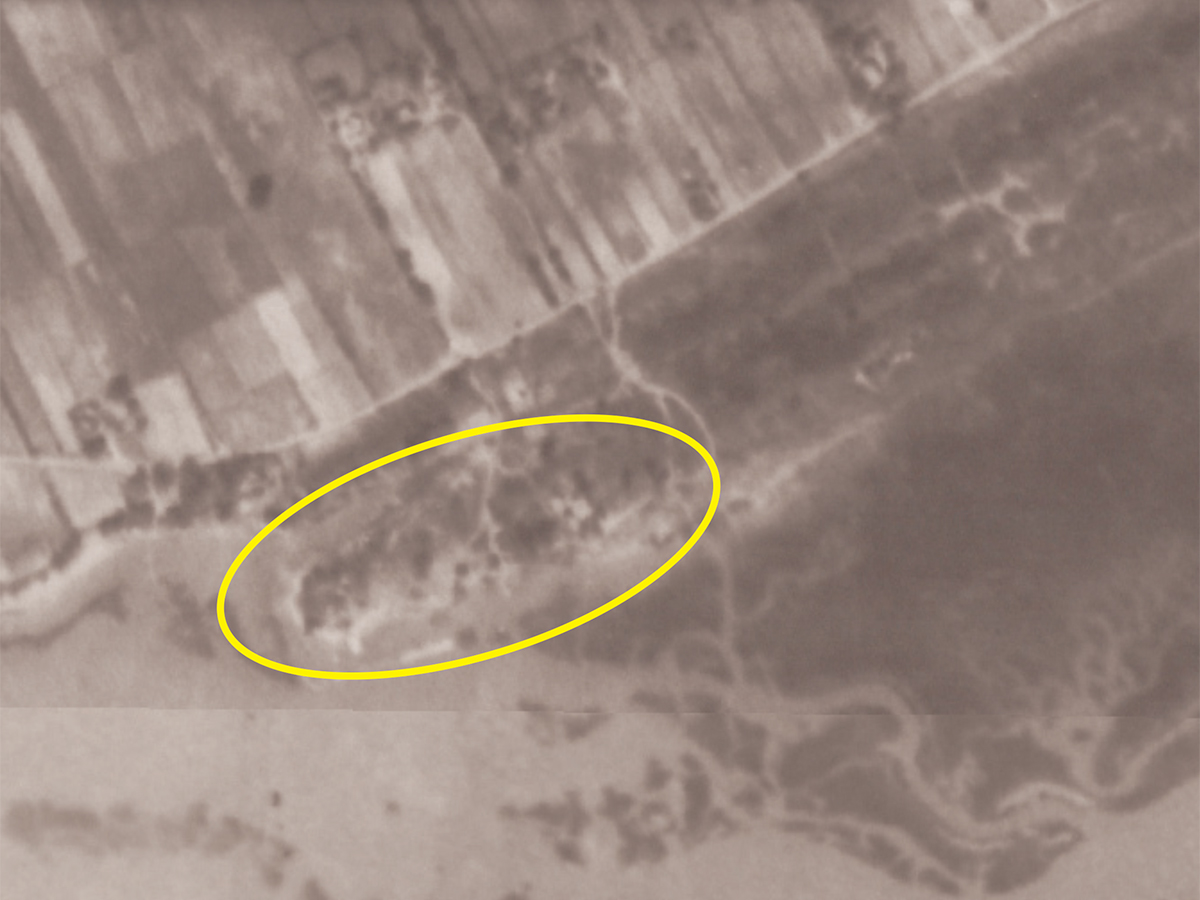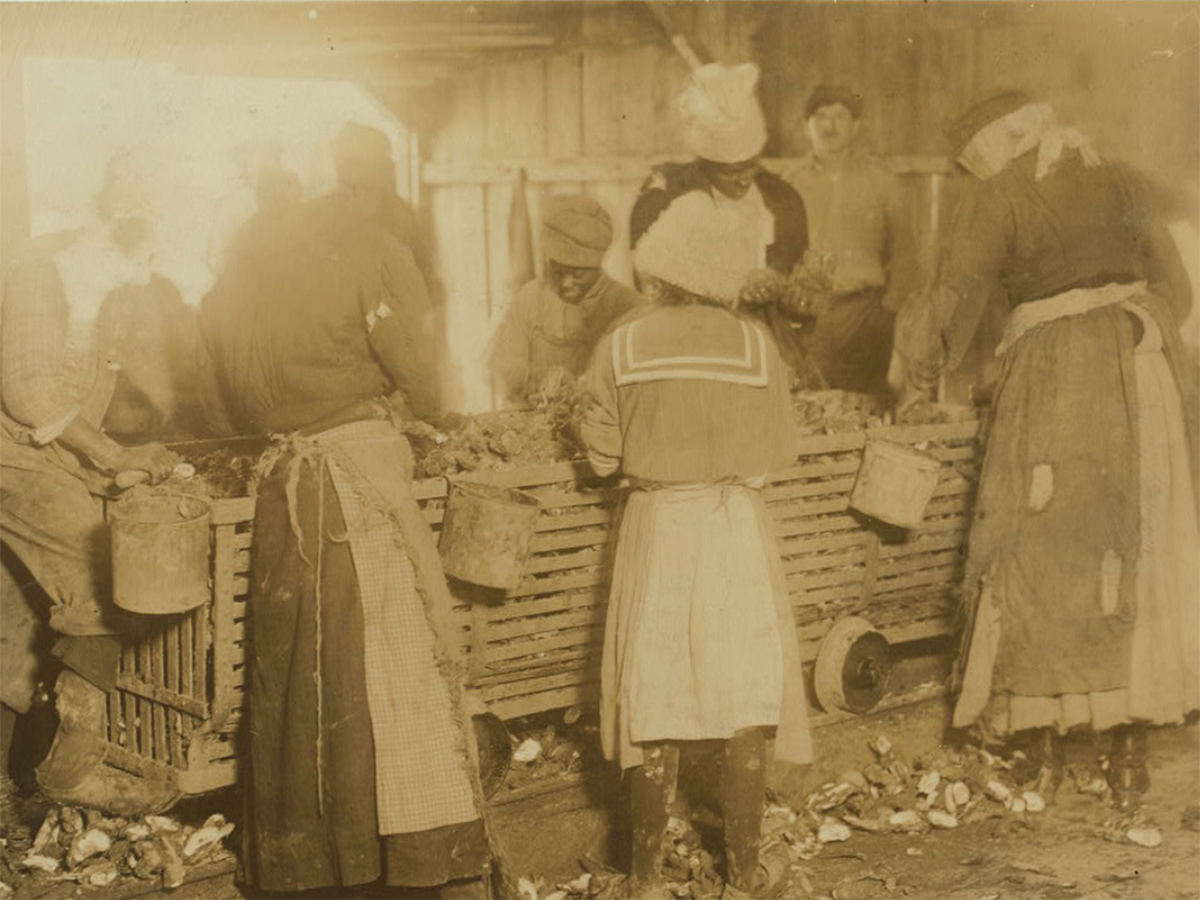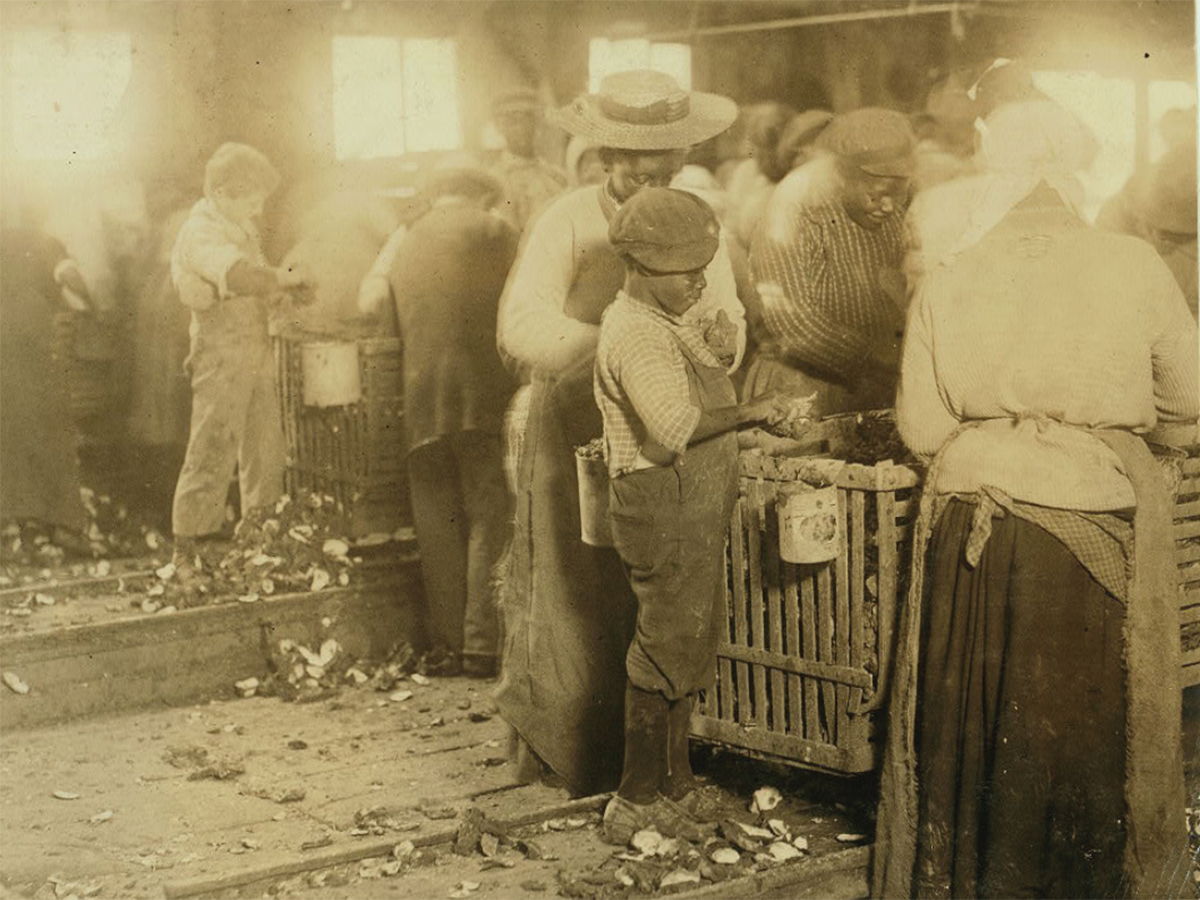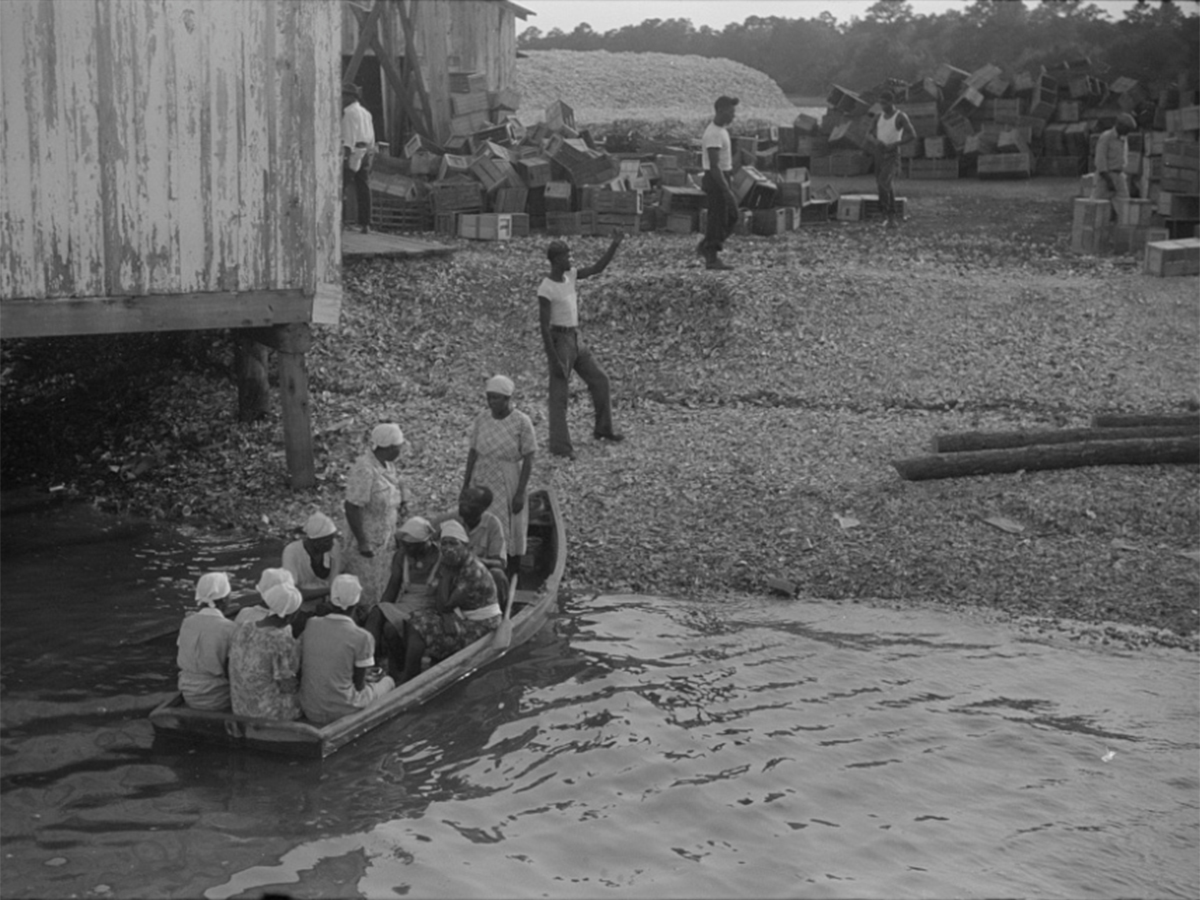Early Days
Early History of Mosquito Beach
Mosquito Beach was once part of a cotton plantation. After the Civil War, it began a long history of African American land ownership and entrepreneurship, from farming to oyster factory to recreational destination for Lowcountry Black families…
Mosquito Beach once served as the southern boundary of the large, nineteenth-century Savannah Plantation owned by Solomon Legare (1797-1878), the man for which Sol Legare Island is named.
By the early 1850s, Legare maintained over 800 acres in the vicinity of James Island, where he cultivated corn and produced some of the area’s largest collection of ginned cotton. A decade later, however, Savannah Plantation became the setting for significant Civil War activity. During the first half of 1862, Union infantrymen traveled from Battery Island, south of Mosquito Beach, towards the planter village of Secessionville, north of Sol Legare Island, traversing the acres of Savannah Plantation. The 1863 “Map of Charleston and its Defenses” denotes a skirmish occurring on the plantation lands, at “Legare,” on June 6, 1862. Activity continued on the plantation through 1863, as it remained a camp for several African American troops, including the 54th and 55th Massachusetts Volunteer Infantry. The 54th Massachusetts were involved in a skirmish near present-day historic Seashore Farmers Lodge 767 in July 1863.
In December 1874, Legare sold his 250-acre Savannah Plantation to Charles Seele who subdivided the property.
Farming
By 1880 the Mosquito Beach property served as the southern portion for several lots owned by black farmers Nelson Left (b. 1832), Edward Green, John Lafayette (b. 1845) and Harrison Wilder (b.1847). The Green, Left, Lafayette and Wilder families were four of nearly one hundred black truck-farming families on James Island at this time. Descendants of these families still own original lots today including the descendants of Joseph Gaillard, who purchased his parcel in 1897.
At this point, Mosquito Beach transformed from an outlying boundary of a coastal plantation to the southern edge of three black-owned farms. Lafayette purchased the eastern section of Mosquito Beach as part of a 20-acre farming lot. Green purchased a 15-acre property directly to the west and Left acquired 75 acres that encompassed the western end of Mosquito Beach and extended both north and west on Sol Legare Island. The current residents of Sol Legare Island refer to these original free settlers, as well as their contemporaries, as “Sol Legarians.”
Left, Green, Lafayette, Gaillard and Wilder were part of a larger population of freedmen who settled in the rural outskirts of the Charleston peninsula. In August of 1880, a Washington, D.C. black newspaper, People’s Advocate, published an article titled “The Sea Islands: The Progress of the Population,” explaining the emergence of black farmers in the Lowcountry:
Day labor is becoming scarce, owning to the improvement in the condition of the laborers. Colored men who, ten years ago worked as field hands for fifty cents a day, now own their own lands and earn a comfortable support from them…On John’s Island, the colored people own 4,300 acres, on James Island, 1,600 acres…The colored people as a general thing, do not accumulate much money, but they seldom live beyond their means…
The cultivation of former plantation lands by black farmers was widespread throughout South Carolina. In 1880, 78% of the farmers in the state were black. Although the Sol Legare farms were substantially smaller than most in the state, the rectangular lots allowed farmers such as Lafayette, Wilder, Green and Left to produce a diverse array of crops, such as okra, green beans, watermelons, tomatoes, cantaloupe and corn, while fishing the creeks and marsh to capitalize on the ample seafood, such as oysters, fish and crab. The Sol Legare farms were also unique in that they were both owned and operated by the farmers. In contrast, only 50% of the farms in the entire state of South Carolina were owned by those who cultivated them.
Throughout the end of the nineteenth century, Lafayette, Green, Wilder and Left continued to buy additional farming lots throughout James Island. According to James Island historian Eugene Frazier, Sol Legare Island was primarily accessible via boat prior to 1899, making the marsh-front farm lots of Sol Legare efficient for the transportation of crops. With only a one-lane wooden bridge across Wappoo Creek providing access to the city proper, it is unknown whether the farmers mostly sold produce locally or transported the crops to the downtown markets. In 1910, however, 65-year-old James Lafayette was recorded as both a farmer and store keeper on James Island, suggesting that there was a system established for the selling of crops on the property. It was located northwest of Mosquito Beach on Sol Legare Rd. By 1915, the farmers of Sol Legare created the Seashore Farmer’s Lodge No. 767 nearby as a social and economic gathering space for both local farmers and general community. This structure served as a cultural center for the Sol Legare settlement until the establishment of Mosquito Beach a few decades later.
“…the Unity Oyster Company of Charleston…would ultimately be the catalyst for social and recreational activity on Mosquito Beach.”
Oyster Factory
The high ground known as Mosquito Beach remained largely undeveloped until the first decades of the twentieth century. Prior to the 1920s, the “strip” solely served as the southern portion for three postbellum farming lots owned by black farmers Nelson Left, Edward Green and John Lafayette, and Harrison Wilder.
In 1922, Beaufort oyster merchant and Savannah-native George Creighton Varn signed a ten-year lease with the descendants of Nelson Left for two acres at the west end of today’s Mosquito Beach strip with the intention of establishing an oyster factory. With an economy steeped in agriculture and seafood, this area of James Island likely presented a fruitful investment for Varn. One year later, the Unity Oyster Company of Charleston opened with a mission to “manufacture and sell oysters, crabs and vegetable products” on the site, as well as “agricultural and road products.” This establishment would ultimately be the catalyst for social and recreational activity on Mosquito Beach.
Varn’s factory employed mostly James Island residents, although workers often came from other parts of the Lowcountry as well. While lucrative for the factory owner, the oyster processing industry was an unsavory business for the men, women, and children working as “shuckers.” After visiting an oyster factory in Beaufort in the 1920s, News and Courier reporter Chlotidle R. Martin described the conditions of working in an oyster factory:
For the “oystering,” however profitable, and however savory the product, is not a process to appeal to the fastidious. As a matter of fact, only the strong of the human race can ever persuade themselves beyond the last hundred yards to an oyster factory. There is a smell that reeks to heaven and is about as effective as a spiked wall. It is a tenacious sort of smell, clinging to the end of one’s nose for miles after the oyster factory is left behind.
For workers who did not already reside on Sol Legare Island, Singleton and Lila Wilder remembered Varn constructing “three cottages on Mosquito Beach Road” for them to stay in during the oyster season. Lila Wilder and her husband stayed in one of these. People continued to use these “little huts” on the Left estate until well into the 1940s.
In August of 1929, “the factory, equipment and supplies” of the company were sold to the Seaside Cannery after being seized by Charleston County. By 1930, the factory most likely continued production under the Seaside Cannery, but with Varn’s death in 1931, the factory closed permanently. The property, however, locally coined as “The Factory,” continued to serve as an informal gathering place for the surrounding community. Notably, Joe Chavis’ business on the Layfayette property near the northeast end of what is today known as Mosquito Beach Road, established as early as the 1930s, was meant to cater to the former oyster factory workers who continued to gather after the factory’s closure. Mosquito Beach as it is known today, was called “The Factory” until 1953.
“A crowd of negro oyster shuckers,” Bluffton Varn & Platt Canning Co., 1913, Lewis Wickes Hine, Library of Congress
“One of the smallest negro oyster shuckers that I found on the Atlantic Coast,” Bluffton Varn & Platt Canning Co., 1913, Lewis Wickes Hine, Library of Congress
This material was produced with assistance from the African American Civil Rights grant program, administered by the National Park Service, Department of the Interior. Any opinions, findings, and conclusions or recommendations expressed in this material are those of the author(s) and do not necessarily reflect the views of the Department of the Interior.
This material was produced with assistance from the African American Civil Rights grant program, administered by the National Park Service, Department of the Interior. Any opinions, findings, and conclusions or recommendations expressed in this material are those of the author(s) and do not necessarily reflect the views of the Department of the Interior.

